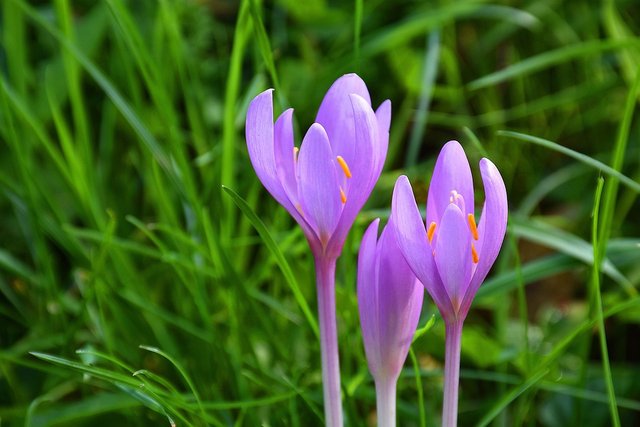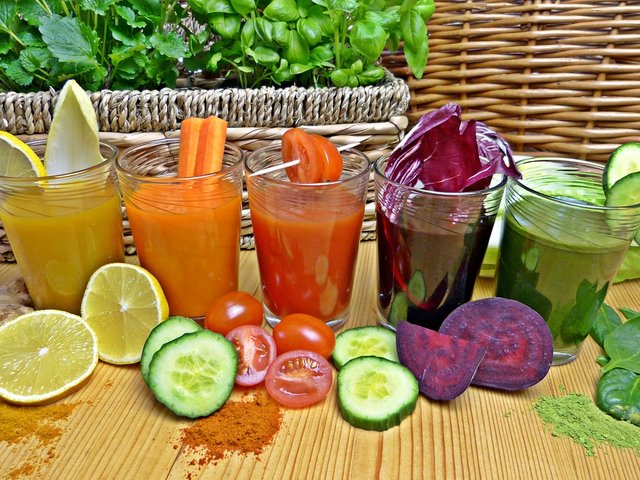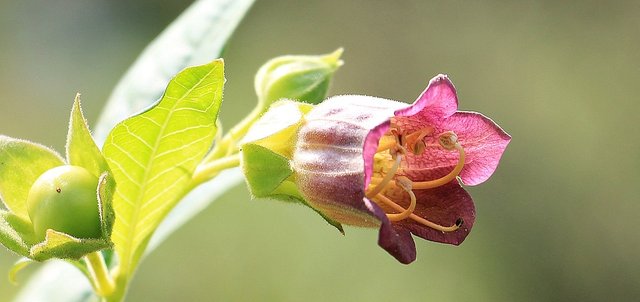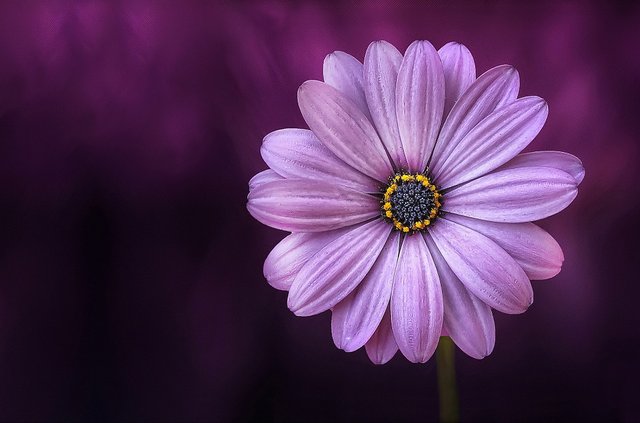Poisonous plants in our garden
Beautiful to see, harmful to the body
In our gardens and in the middle of nature they are a magnificent sight, but if we accidentally catch them or touch them, they can cause serious poisoning. We are talking about indigenous plants that contain toxic substances. In particular, we must pay great attention to children and animals that discover the surrounding environment through the sense of taste.
In Europe, there are about 50 families of poisonous plants. Poisonous substances are mostly contained in seeds, rhizomes, bulbs, young shoots, and leaves. Five of the most poisonous plants in the world are also growing in Switzerland. Find out in our short overview which plants pay particular attention to.
Autumn Colchicum
(Colchicum autumnal)
Warning: not to be confused with ramsons (Allium ursinum)!
Whoever picks wild garlic in spring to make a fragrant pesto, should be very careful in picking up the leaves because they are very similar to those of the poisonous plant called autumnal colchicine (or false saffron). To be on the safe side, analyze the small differences between the two plants: the leaves of the ramshackle are pedunculated and have an elliptical shape, those of the autumnal colchicums have no peduncle and are of lanceolate shape. Even more characteristic is the strong garlic smell of ramsons, while the autumn colchicum is odorless. Avoid harvesting at the edge of the woods; collect the wild garlic in the middle of the wild field where it grows.
The poison of the autumnal colchicine is potentially lethal starting from less than 1 mg per kg of body weight. Since 1966, four fatal cases due to the autumnal colchicine have been recorded in Switzerland. Symptoms of poisoning include nausea, shock, daze, strong urge to urinate, cramps, high sweating, colic, bloody diarrhea, occasionally bluish lips, increased heart rate, and respiratory paralysis.
Greater
Hemlock (Conium maculated)
Equally toxic is the major hemlock; the toxic substances it contains affect the nervous system and cause respiratory paralysis. In ancient times the philosopher Socrates was condemned to drink a hemlock cup. The cases of poisoning are mostly caused by confusion with chervil or parsley. In addition to the red spots on the stem, another characteristic sign of hemlock is the unpleasant and nauseating smell, similar to mouse urine, which fortunately makes it inedible. Contact with plant juice may cause skin irritation. In nature, hemlock grows on uncultivated surfaces but is now rarely present in the wild.
Mughetto
(Convallaria majalis)
Another plant that can be mistaken for wild garlic is the lily of the valley, due to the leaves very similar to the appreciated ingredient for pesto. The lily of the valley grows later, between April and June, and has white campanulate flowers. All parts of the lily of the valley are poisonous. In the case of external contact, skin and eye irritations may occur in rare cases, while accidental ingestion of several leaves causes vomiting and diarrhea and a slow or irregular heartbeat.
Belladonna
(Atropa belladonna)
Despite its harmonious and captivating name, belladonna is an extremely poisonous plant. The name of the genus «Atropa» derives from «Atropos», that is the name of one of the Greek goddesses who established the destiny of men.
Its blackberries are inviting, especially for children. The intoxications due to berries, for example also of the laurel-seed (Prunus laurocerasus), are at the top of the statistics of poison centers. Fortunately, most poisonous berries do not taste good and are quickly spit out: in this way the quantity of ingested toxic substances is minimal and does not cause serious consequences. However, already three or four nightshade berries have a lethal effect for a child, while for an adult they need ten to twelve. So do not touch the berries you do not know! The belladonna grows in the clearings of the deciduous and coniferous woods and at the edges of the woods or as an ornamental plant in the gardens.
Pànace di Mantegazza
(Heracleum mantegazzianum)
The mantegazza fable, or Giant Pànace, is a large plant that can reach three meters in height and can cause severe inflammation to the skin. If the skin comes into contact, even light, with the juice of this plant, it produces a phototoxic reaction: the skin becomes extremely sensitive to light and therefore the rays of the alone can produce painful inflammations (bullous lesions). The toxic juice is mostly contained in the vigorous stem, while the contact with the leaves causes less strong reactions. Pànace grows on the edge of paths and woods and on uncultivated land.
Rate
(Taxus baccata)
The yew is an evergreen tree with dark green leaves, widely used as an ornamental hedge in gardens. In autumn it produces red berries. The needles are up to 3 cm long, of dark green color in the upper part and yellowish green in the lower part, with 2 stomatal lines. The whole plant is poisonous, except for the red seed mantle. Ingesting the chewed seeds of berries or a few needles can cause gastric disorders such as diarrhea, vomiting, and abdominal cramps, lowering of pressure and increased heart rate. If the quantities ingested are considerable, arrhythmias may occur. For horses, the ingestion of a few rate branches can be lethal.
Aconite Wapello
3 (Aconitum napellus)
The aconite napel with its bright purple flowers is the most poisonous native plant. All parts of the plant are highly toxic and already in small quantities can cause poisoning. The venom can be absorbed through the mucous membranes and even the whole skin, but in this case, the consequences are not serious. The typical symptoms that follow an ingestion of this plant are numbness, nausea, nervous excitement, arrhythmias and cramps and in more severe cases also circulatory blockages.
Ingestion can be lethal from 2 g of roots. The wild apple aconite grows in a high position of the average European mountain and prefers fresh and humid land near the streams. It is also a widespread ornamental plant in our gardens.





